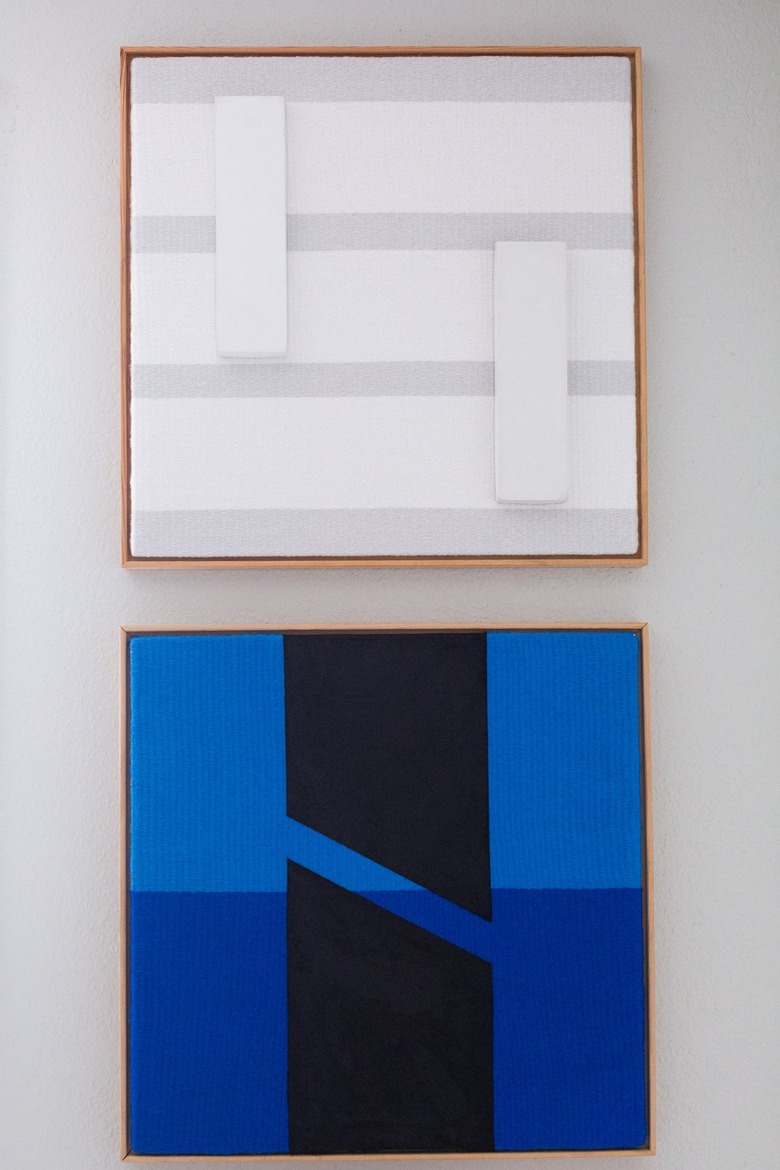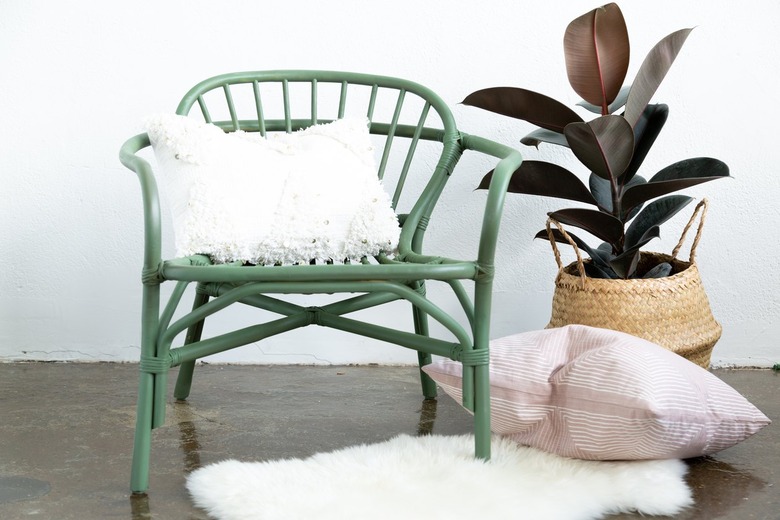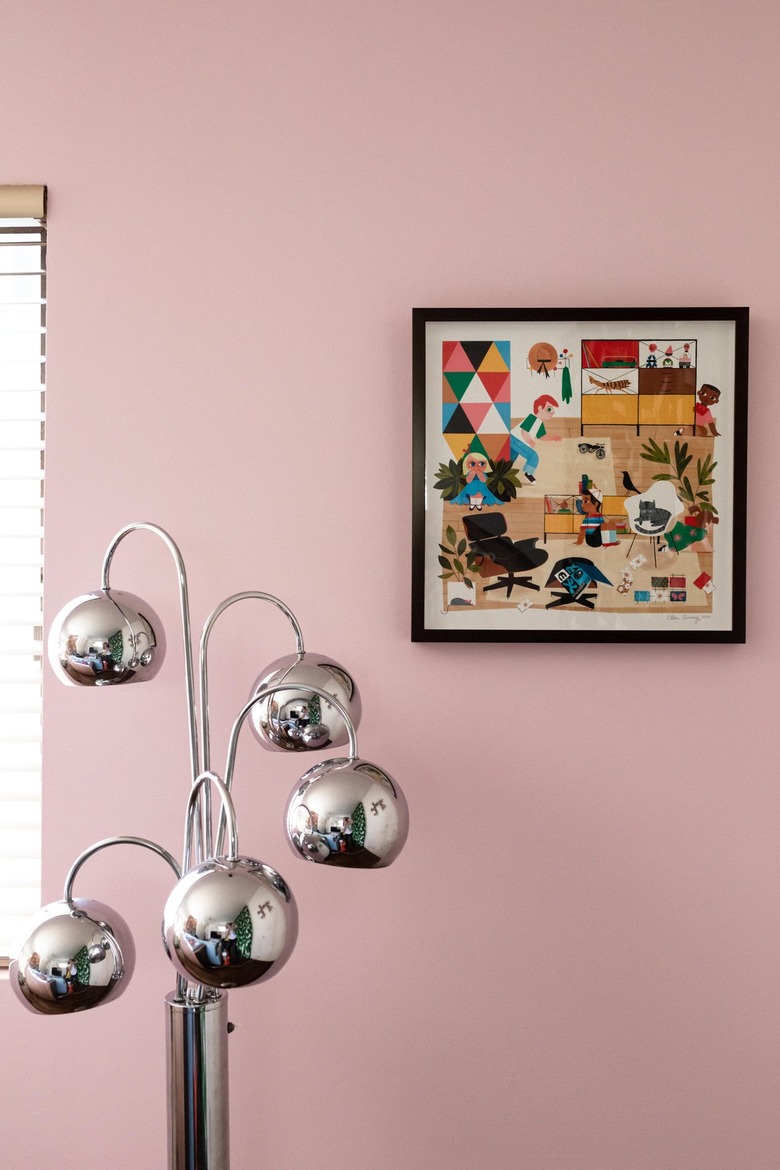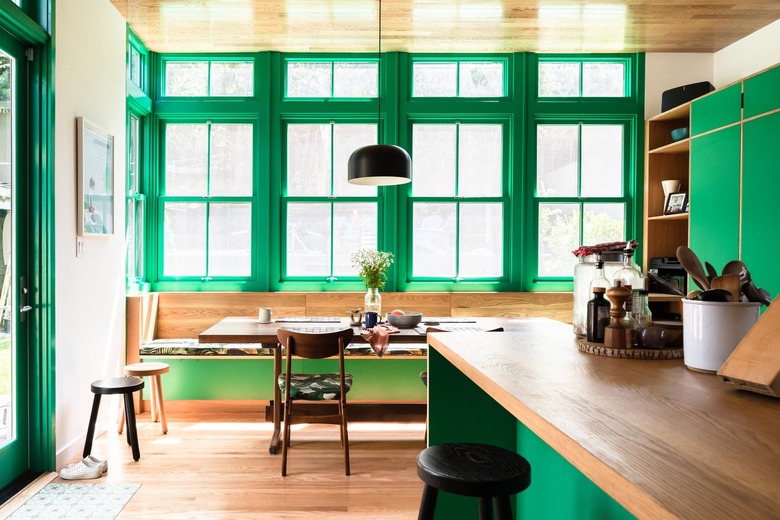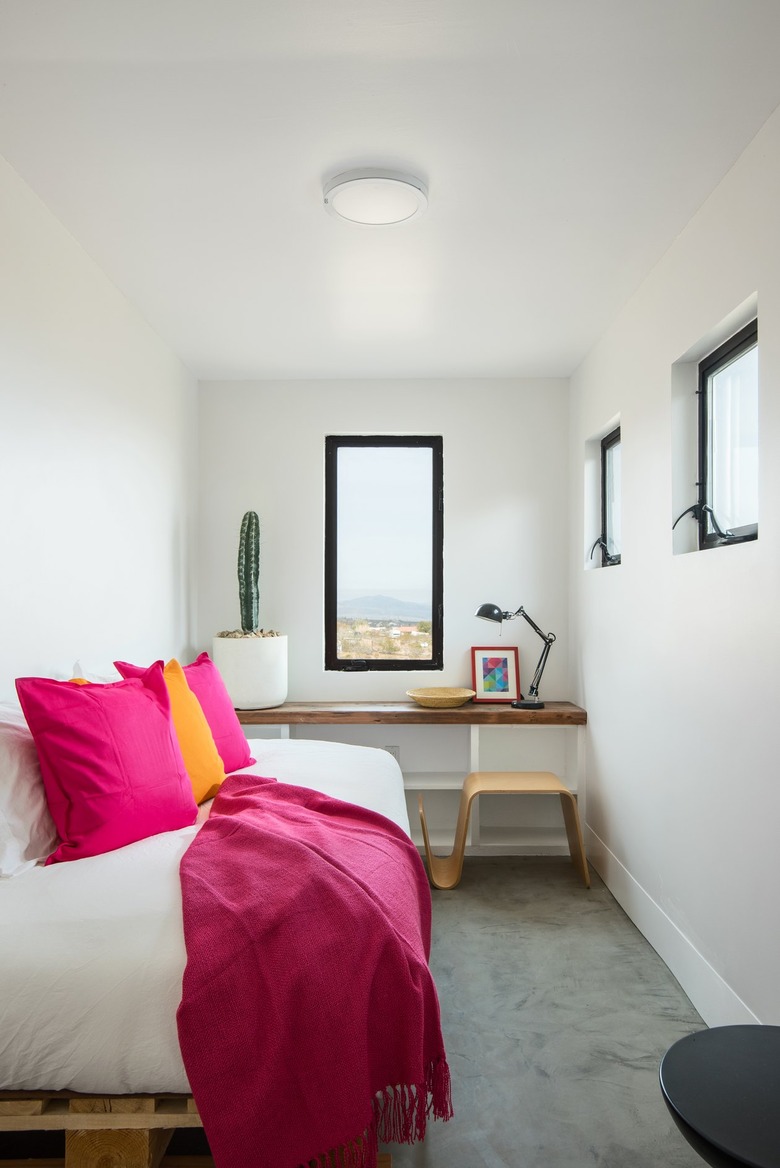What's In A Name: These Paint Colors Were Named After People
We may receive a commission on purchases made from links.
There's no question about it: Color is one of the most fundamental aspects of design. And so it should come as no surprise that many colors are named after basic elements found in nature, like "grassy green" or "sky blue." But then there's a whole range of colors that were named specifically after the people who made them famous — the artists who custom-mixed them on their palettes, the scientists who discovered them, the celebrities and debutantes who popularized them. We've picked six of our favorite colors named after people, and delved into the history of these monikers and their impacts on decor and design.
International Klein Blue
International Klein Blue
The deep blue hue of International Klein Blue (IKB) was purportedly first created by French modern artist Yves Klein (1928 – 1962), who developed the color with Edouard Adam, a Parisian art paint supplier. Klein went on to use the piercing blue of IKB on some of his most iconic works, which are what the Museum of Modern Art in New York calls "monochrome abstraction," where one color is used over an entire canvas. Klein painted over 200 monochrome pieces in IKB that are now housed in some of the world's most prestigious art and design institutions, including the Tate Modern and MoMa.
Veronese Green
Veronese Green
Veronese Green, a sea-green hue with a hint of teal, is named after the Verona-born Italian Renaissance painter Paolo Caliari (1528-1588), who became known as Paolo Veronese after he moved east to Venice. Veronese was known for his oversize paintings that depicted scenes from Greek mythology and the Bible, like The Feast in the House of Levi (1573). In these masterpieces, he used his hand-mixed paint colors as a storytelling device to create dramatic architectural settings and landscapes, often with evocative green skies and trees. Since then, Veronese Green has remained a frequently used shade that creates a sense of tranquility associated with foliage and nature.
Baker-Miller Pink
Baker-Miller Pink
Speaking of tranquility, Baker-Miller Pink is a shade of pink that could "reduce potential or actual aggression," concluded scientist Alexander G. Schauss of the American Institute for Biosocial Research in the 1970s. Schauss had conducted a series of experiments on color and how it affected mood and behavior, including painting the walls of institutions like naval academies and corrections facilities a Pepto Bismol-esque shade of pink to see if it reduced anxiety and anger. He named the color — achieved by mixing a gallon of white latex paint with a pint of red semi-gloss paint — after the commander (Baker) and a warden (Miller) at a naval correctional facility where one of his experiments was completed. Because of his research, Schauss's bubble gum-pink was later painted on the walls of countless spaces from institutions like hospitals and correctional facilities, football team locker rooms, celebrity residences (think Kylie Jenner's home) and even study carrels in libraries.
Kelly Green
Kelly Green
Okay, so Kelly Green isn't exactly associated with a single individual, but it's one of the most common colors that derives its name from people. Kelly Green is a uniquely American term that refers to a strong green that sits squarely in the middle of the color wheel between yellow and blue. It was originally coined as a term in the early 1900s, referring to the common Irish surname and Ireland's association with the color green. By the 1910s, it was often used in fashion advertisements and high society reporting that further promoted it as a classic color.
Fuchsia
Fuchsia
The vibrant, red-purple shade of fuchsia gets its name from a flower, fuchsia, which in turn was named after botanist Leonhart Fuchs. His work in 16th century Germany as a physician and professor led him to work frequently with herbs, plants, and flowers and established him as one of the founding fathers of botany. When fellow botanist Charles Plumier first saw the fuchsia flower during one of his trips to the Caribbean in the early 1700s, he named it in honor of the great botanist that came before him.
Alice Blue
Alice Blue
Alice Blue is a delicate pale blue with a slight grayish-green undertone whose name comes from Alice Roosevelt Longworth, the daughter of president Theodore Roosevelt. Ever the fashionista and unconventional woman for her time, she was born into a well-to-do family and became even more prominent after her father became president in 1901. At the age of 17, Alice made her social debut and donned an icy blue gown that became known afterwards as "Alice blue," which immediately ignited a trend for light blue dresses and became a part of American culture, with a song in a 1919 Broadway musical named after the color as well.

